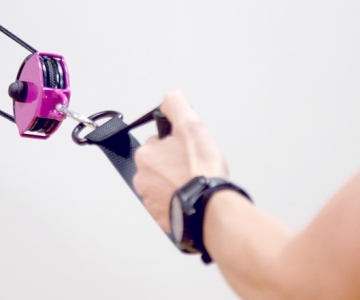Eccentric training has been associated with several specific physiological adaptations. The flywheel machine is one of the easiest ways of performing eccentric overload training. However, no studies evaluated its feasibility, safety and muscle activity in patients with haemophilia (PWH).
Aim: To evaluate feasibility and safety and compare muscle activity during flywheel vs weight machine knee extension exercise in severe PWH.
Methods: Eleven severe PWH [mean age of 33.5 (8.1) years] participated in this cross-sectional study after receiving prophylactic treatment. Surface electromyography (EMG) signals were recorded for the rectus femoris during the knee extension exercise performed with 2 different conditions (flywheel and weight machine) with matched intensity (6 on the Borg CR10 scale). Kinesiophobia was assessed before and after the experimental session. Participants were asked to rate tolerability of each condition. Adverse effects were evaluated 24 and 48 hours after the session.
Results: Kinesophobia did not increase after the experimental session, and no adverse effects were reported. At 60%-70% of the contraction cycle, the flywheel exercise showed higher (P = .024) eccentric rectus femoris muscle activity than the weight machine. In contrast, during the last 90%-100% of the contraction cycle, the traditional weight machine showed higher (P = .004) rectus femoris activity than the flywheel.
Conclusion: The knee extension exercise performed with the flywheel at moderate intensity is safe and well tolerated among severe PWH under adequate factor coverage. Importantly, the flywheel variation provides higher eccentric rectus femoris activity at the breaking force moment, while it provides lower eccentric muscle activity at the end of the cycle.

